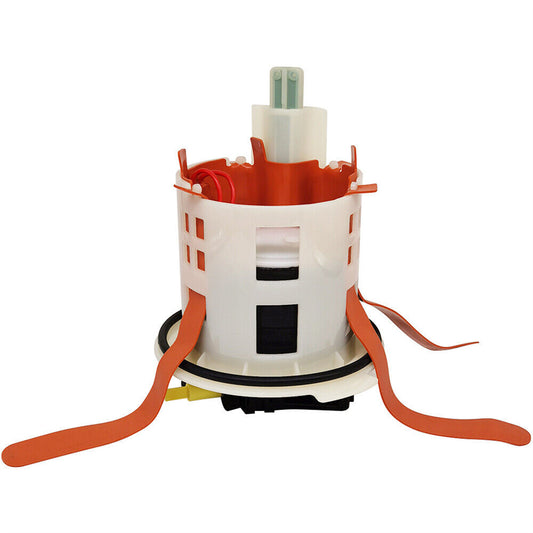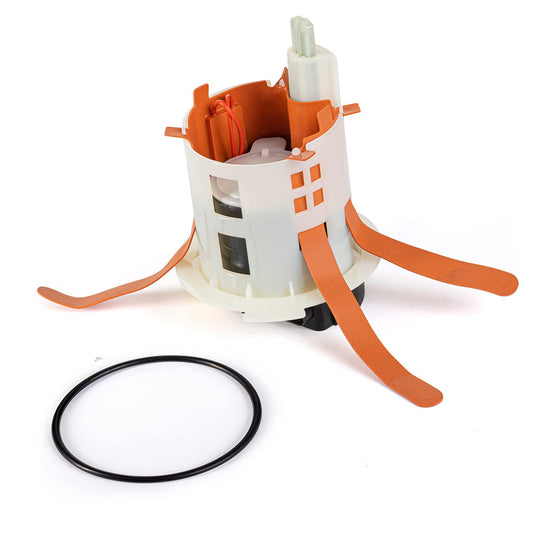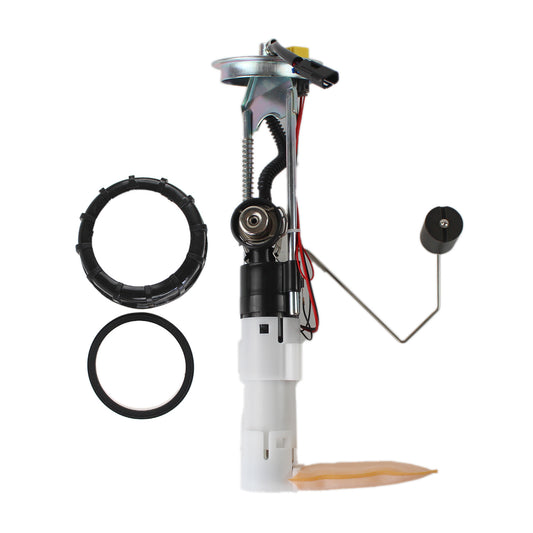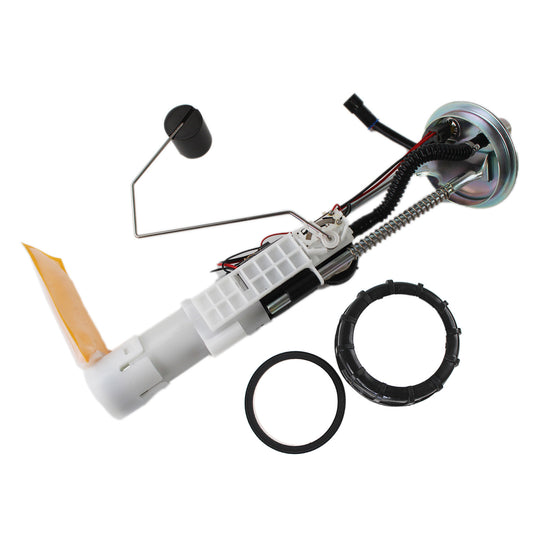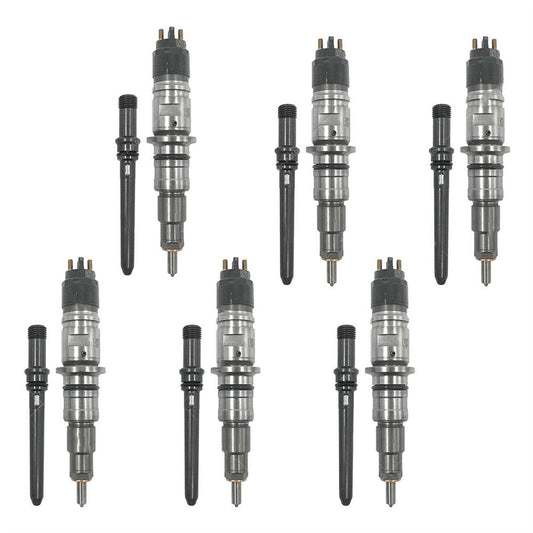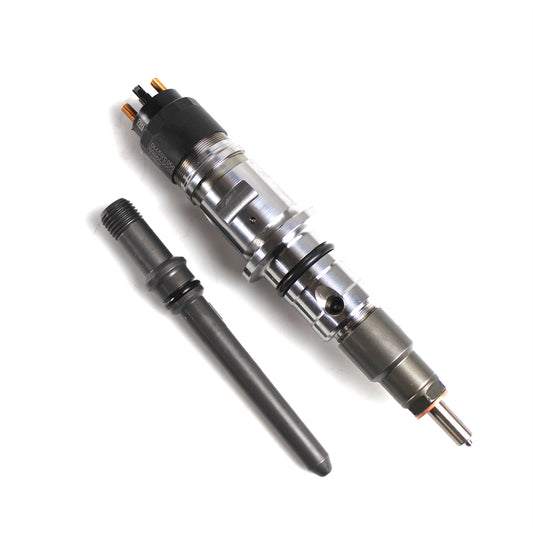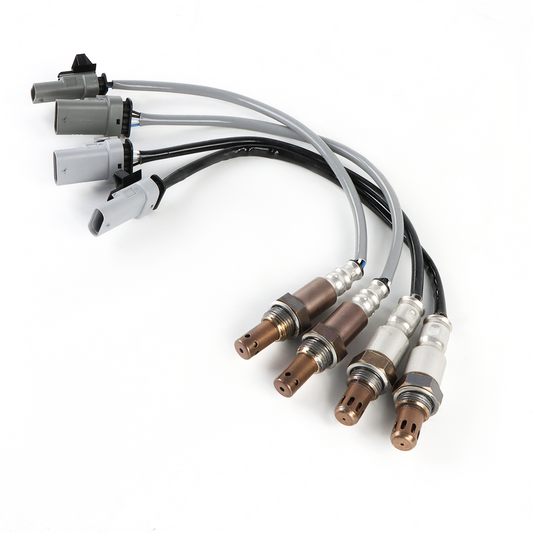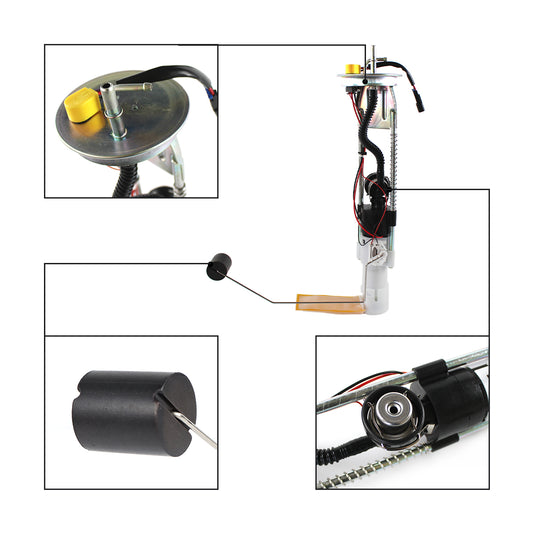What Metals Are In A Catalytic Converter? Understanding Catalytic Converter
Introduction:
Catalytic converters are crucial components of a vehicle's exhaust system, designed to reduce harmful emissions. They contain various metals that play a significant role in the catalytic conversion process. In this informative blog post, we will explore the metals commonly found inside a catalytic converter and their functions. By understanding these metals, you'll gain insight into how catalytic converters help promote cleaner air and comply with emissions regulations. Read on to discover the key metals used in catalytic converters and their contributions to reducing harmful emissions.
Platinum (Pt):
Platinum is one of the primary metals used in catalytic converters due to its exceptional catalytic properties. It acts as a catalyst to facilitate the conversion of harmful gases, such as carbon monoxide (CO), nitrogen oxides (NOx), and unburned hydrocarbons (HC), into less harmful substances like carbon dioxide (CO2), nitrogen (N2), and water vapor (H2O).
Palladium (Pd):
Palladium is another essential metal found in catalytic converters. It helps accelerate the oxidation of pollutants by assisting in the conversion of unburned hydrocarbons and carbon monoxide into carbon dioxide and water vapor. Palladium also aids in reducing nitrogen oxides into harmless nitrogen and oxygen.
Rhodium (Rh):
Rhodium is a precious metal used in smaller quantities but with significant impact. It plays a vital role in reducing nitrogen oxides (NOx) by facilitating the chemical reactions necessary for converting NOx into nitrogen and oxygen gases.
Other Metals:
In addition to platinum, palladium, and rhodium, catalytic converters may also contain smaller amounts of other metals such as cerium, nickel, cobalt, and copper. These metals can enhance the overall performance and efficiency of the converter.
Conclusion:
Catalytic converters rely on a combination of metals to effectively convert harmful emissions into less harmful substances. The use of platinum, palladium, rhodium, and other metals allows catalytic converters to play a crucial role in reducing vehicle emissions and promoting cleaner air. Understanding the metals inside a catalytic converter provides insight into its environmental impact and highlights the importance of proper maintenance and compliance with emission regulations for a greener future.








